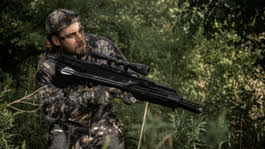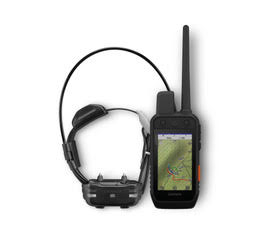


MUCC collaboration t-shirt benefiting conservation still available!

Michigan United Conservation Clubs (MUCC) and The Average Conservationist t-shirt collaboration for conservation has been extended through the end of the year.
The goal is to raise funds for direct conservation work in Michigan. The t-shirt design features the words “Michigan United Conservation Clubs” underneath a forest and white-tailed deer silhouette. To buy one of these exclusive shirts, visit The Average Conservationist.
Marcus Ewing, owner and founder of The Average Conservationist, designed the shirt specifically for MUCC and will be donating 10 percent of the t-shirt’s profits as well as 10 percent of the company’s third- and fourth-quarter (July 1 through Dec. 31) profits to MUCC.
“MUCC is unlike any other conservation organization we have in the state,” Ewing said. “From policy work to a youth camp and habitat programs, there isn’t another organization with that kind of breadth locally.”
MUCC Public Information Officer Nick Green said MUCC is excited to try and reach a new generation of conservationists with the collaboration.
“As we move into a new era of hunting and angling, it is important that we reach people where they are comfortable and how they are comfortable,” Green said. “Marcus is able to do that with his brand, and we look forward to this continued partnership and watching his company grow.”
The Average Conservationist was founded by Ewing in 2019. Born out of true passion for conservation, Ewing’s company donates 10 percent of its profits each quarter back to conservation organizations across the country. His company is a celebration of you – the average outdoorsman and outdoorswoman who helps to conserve and protect our natural resources.
Since 1937, MUCC has been uniting citizens to conserve, protect and enhance Michigan’s natural resources and outdoor heritage. With more than 40,000 members, the organization is the most effective state-based conservation organization in the country.
Working on more than 100 bills each legislative session, creating the next generation of conservation stewards at the Michigan Out-of-Doors Youth Camp and improving thousands of acres each year on Michigan’s public lands are only some of the things your generous donations and partnerships like this help MUCC accomplish.
The funds generated from this campaign will have a direct impact on the work MUCC is able to do in the policy, habitat and education arenas, said MUCC Executive Director Amy Trotter.
“Partnerships like these help MUCC further our mission and bring new, youthful voices to the table,” Trotter said. “We hope those buying these shirts will stay connected with us, come to a policy meeting, learn about our organization and get involved.”
The collaboration t-shirts will be on sale until Dec. 31. They are available for purchase at The Average Conservationist website linked here. Buying a hat or second shirt for that special outdoors person in your life also furthers the mission of conservation in Michigan.
.jpg)
https://www.theaverageconservationist.com/store/mucc-tee
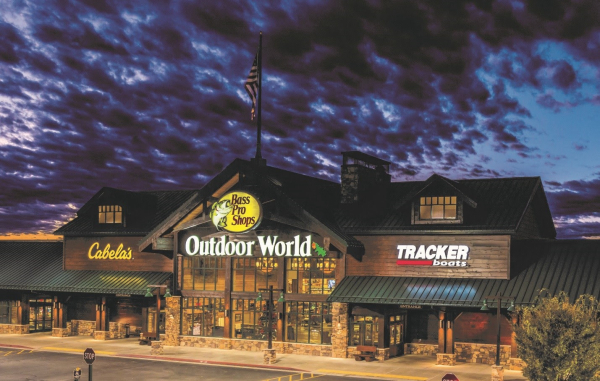



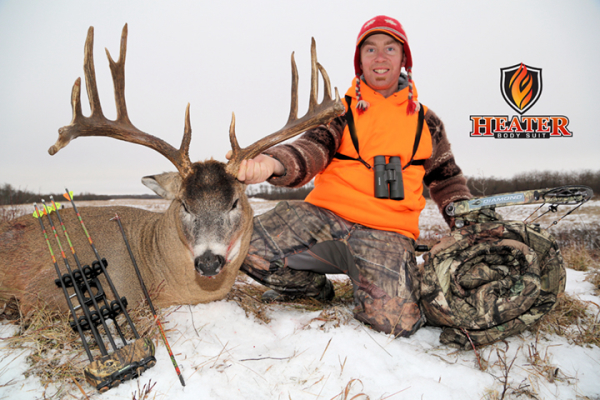
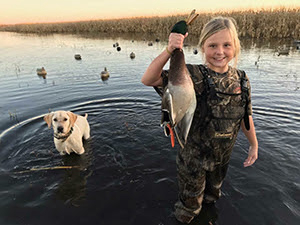


.jpg)
